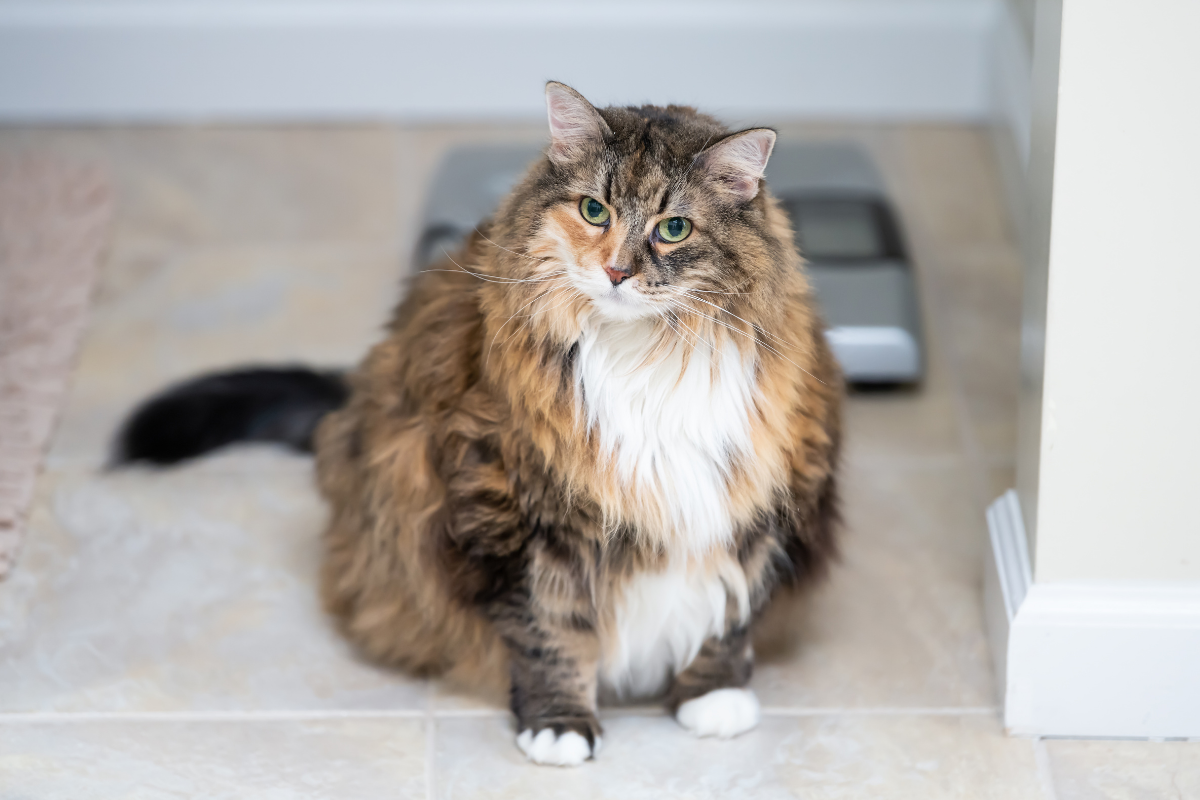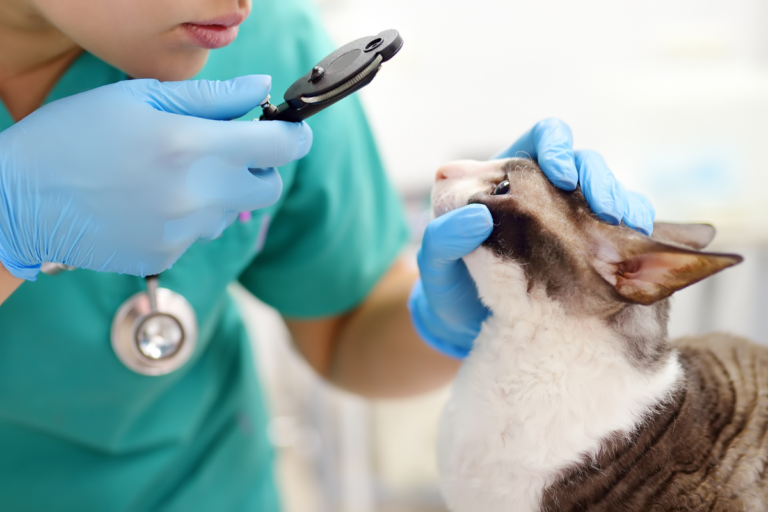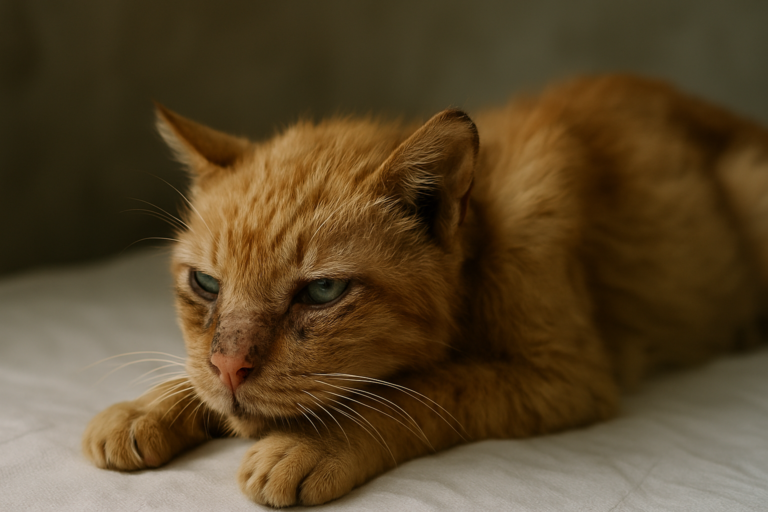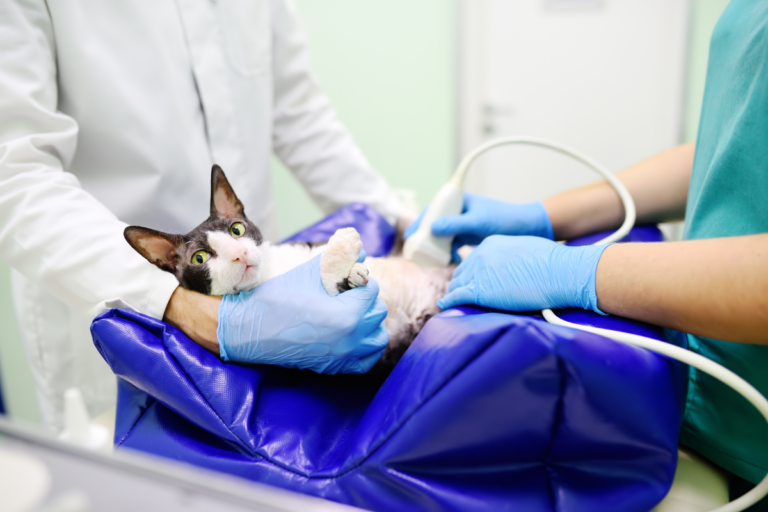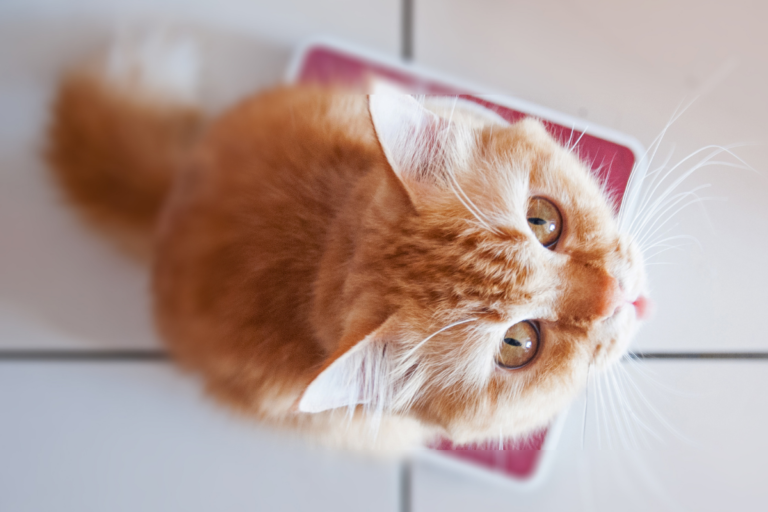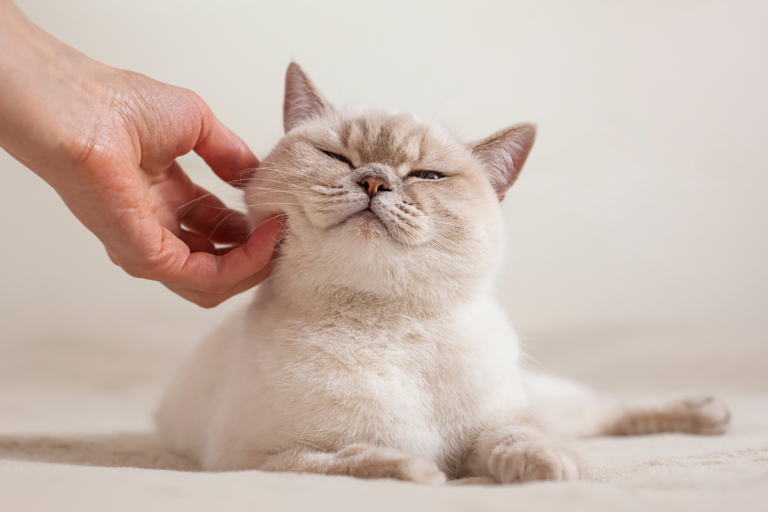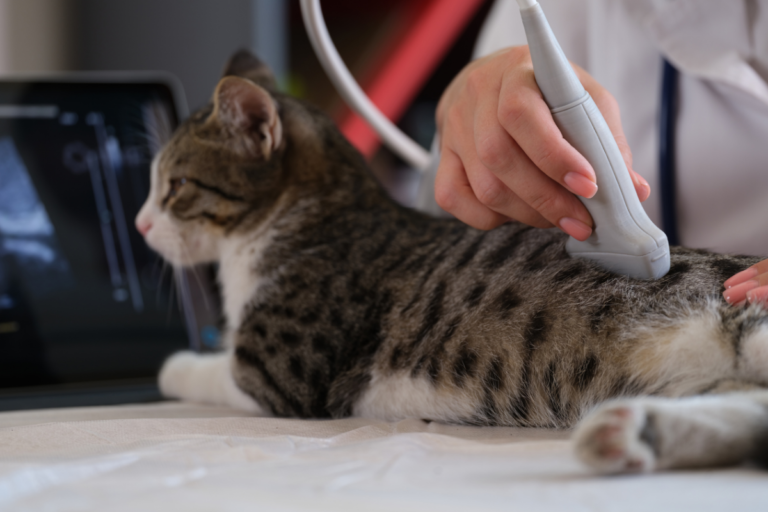Helping Our Plump Pals: Managing Your Overweight Cat
Understanding Cat Obesity
Let’s chat about what it really means when our whiskered pals are packing on the pounds and what might be causing it.
Definition of Cat Obesity
So, when you hear a cat’s overweight, it usually means their scale numbers are up by 10-20% compared to their ideal weight. Now, if they’ve got more than 20% extra, they’ve crossed into the “obese” zone. PetMD breaks it down. For tips on keeping your kitty at a healthy weight, don’t forget to check in with your vet.
| Weight Status | What’s Going On? |
|---|---|
| Overweight | 10-20% above best weight |
| Obese | More than 20% extra weight |
Common Causes of Cat Obesity
Various things can tip the scales for our fluffballs, and figuring these out is key to keeping them happy and fit.
-
Lifestyle Choices:
- Cats between 8-12 years are more likely to gain weight
- The neutered ones
- Mostly living indoors
-
Diet:
- Too much dry chow can make them chunky compared to their pals eating mostly canned foods (PetMD).
-
Feeding Patterns:
- Heaping those plates or leaving them out all day means they’re munching on more calories than they need.
Curious about how this extra weight affects their health or want tips on keeping them fit? Check out the lowdown on cat obesity health risks and how to keep kitty’s weight in check.
Risks and Impact of Cat Obesity
Health Risks for Pudgy Kitties
So, we’ve noticed our fur balls are packing on a few extra pounds, huh? Well, let’s chat about why that’s something to keep an eye on. Our chubby cats face a bunch of health problems they didn’t sign up for. Here’s what that could be:
- Diabetes: It’s not just a human issue; our fluffy pals can also struggle with insulin, just like diabetic cats.
- Heart Troubles: Yup, a bit like us, if cats get too chunky, they might face heart challenges.
- Joint Pain: Those extra pounds can be tough on kitty knees and paws, leading to poor joints and arthritis.
- Liver Woes: Fat in the liver can cause serious liver issues like hepatic lipidosis.
- UTIs: When cats get too big to properly clean themselves, those pesky urinary tract problems can sneak up.
Knowing these risks means we can be proactive in helping our furry companions keep the pounds off and stay healthy.
How Extra Fluff Affects Cat Life
If we want our cats to stick around for the long haul, keeping them at a healthy weight is super important. Piling on the pounds can knock quite a bit of time off their lives. Get this: VCA Hospitals found out that tubby cats aged 8-12 years could face a whopping 2.8 times higher risk of dying compared to their slender pals.
In fact, another study in the Journal of Feline Medicine and Surgery says a few extra ounces can chop off about 2.5 years of your cat’s life.
| Condition | Lifespan Drop | Source |
|---|---|---|
| General Chubbiness | Up to 2.5 fewer years | Journal of Feline Medicine and Surgery |
| Cats Aged 8-12 | 2.8 times more likely to pass sooner | VCA Hospitals |
Seeing these stats, it’s clear as day we’ve got to keep our cats in shape with a focus on just-right cat weight.
By feeding them right and making time for fun exercise, we can keep our fluffy friends happy and thriving for as long as possible. For more on keeping them active and well-fed, don’t miss our sections on customizing cat diets and promoting good play habits.
Managing and Preventing Cat Obesity
Guidelines for Maintaining Ideal Cat Weight
Keeping our fluffy buddies at their healthiest weight isn’t rocket science, but it sure involves some love and attention. Basically, if your furball weighs 10-20% more than what the vet ordered, they’re overweight. Going over 20%? That’s when we call it obesity (PetMD).
Steps to Check Your Cat’s Size:
- Waistline Peek: From above, your cat should have a defined waist.
- Rib Feeling: Give those ribs a gentle feel—they should be like touching the back of your hand, not buried under fluff.
- Jumping Jack Test: Notice if your kitty looks like it’s running a marathon just to jump on the couch.
- Visual Guide: Use a cat weight chart for a quick reference (Cumberland Animal Clinic).
Notice any signs that Mr. Whiskers needs a diet? Time to call the vet. They’ll help to size him up, figure out the target weight, and chart out a path to slimming down (Cumberland Animal Clinic). Keeping tabs on our pet’s weight is a must to avoid health hiccups like kidney troubles or heart problems.
Strategies for Weight Management
Helping your kitty stay fit takes a mix of better food choices and fun playtime. Each cat has its quirks, so let’s get personal with what works best for them.
Fixing Up Kitty’s Menu:
- Wet Food Switch: Canned food can be gentler on their waistline than the crunchy stuff.
- Portion Patrol: Serve up meals according to the ideal weight, and skip the all-you-can-eat buffet approach.
- Healthy Treats: Only a few treats, please! Stick with the low-cal ones.
| Food Change | Benefit for Kitty’s Figure |
|---|---|
| Canned Food | Less likely to pack on the pounds |
| Controlled Portions | Keeps meal sizes right |
| Healthy Treats | Cuts down calorie overload |
Get Moving Feline-Style:
- Play with Toys: Bring out those feather wands and laser lights for some kitty cardio.
- Climbing Spots: Set up cat trees or perches to encourage some climbing action.
- Playtime Commitment: Spend at least 10-15 minutes daily playing together.
Regular exercise is more than just weight control; it smoothens your kitty’s moves and packs a happy punch. Sudden bulk-ups? Time to check in with your vet, as it might point to health hurdles.
By going the extra mile with these practices, we’re not just warding off diseases like diabetes or heart mishaps but boosting our cats’ overall well-being. Want the scoop on related health concerns? Check out more on heart issues in cats and cat diabetes on our site.
With a pinch of understanding and a dash of action, we’re setting the stage for our feline companions to enjoy longer, happier lives.
Exercise and Diet for Overweight Cats
Got a pudgy kitty? You’re not alone. Helping our chubby felines slim down doesn’t just make them more aerodynamic; it sets them on a path to better health.
Importance of Exercise for Overweight Cats
When it comes to exercise, it’s all about making playtime feel like chase-the-mouse time. Dr. Amy L. Pike says cats get more out of play than a strict gym routine. They’re sprinters, not marathon runners, which means playtime could be brief bursts of energy. Just like us, a little break might be needed to keep ’em hooked. (Chewy) Toys that get them climbing, hunting, scratching, zooming, and hiding are crucial. It’s like giving them their own cat-sized jungle gym for fun and fitness. (Chewy)
| Activity | Description | Suggested Duration |
|---|---|---|
| Interactive Toys | Climbing, scratching, running | Daily |
| Laser Pointer Play | Simulates hunting | 15 minutes daily |
| Wand Toys | Aerobic shenanigans | As needed |
Before we start any kitty boot camp, though, a vet’s thumb’s up is a must—especially to check for stuff like arthritis that likes to sneak up on older, heavier cats. Dr. Sarah Wooten’s got your back on this (Chewy).
Get the kitty gym revved up with toys that play on their inner lion. Wand toys can get those paws moving, and sprinkling in some kibble rewards makes the whole game calorie-burning fun. Handy bits of food as a reward can boost the workout while keeping your communication game strong with them. (VCA Hospitals)
Tailoring Diet for Overweight Cats
Feeding a chunky cat is like serving up a gourmet salad instead of a cheeseburger. It’s about nutrients without the calories. Don’t forget to check with the pet doc before any big changes.
When we’re out bondin’ with the world and duh, earning those treats, special toys and feeding gadgets can keep Mr. Whiskers in play. Try equipment like puzzle feeders or timed food dispensers, designed to bring out their inner explorer. Even stuff that moves when you—aren’t, like toys with a little bounce, can keep them entertained.
To make meal times triple the fun, hide the kibble in harder-to-reach spots or use nifty gadgets like the KONG® Wobbler™. And if you’re crafty, turn an old plastic bottle into a dinner-time brain teaser.
For a purr-fect diet plan:
- Check out healthy cat weight guides to know the calorie count.
- Go protein-heavy and carbs-light. Think of it as a cat version of a protein shake.
- Smaller bowls, more often, keeps the tummy satisfied and the calorie count down.
Blending diet with play paves the way for a happy, healthier kitty. Staying in touch with the vet ensures your fluffy pal stays on track. For more juicy tidbits on cats, browse topics like cat diabetic and heart issues in cats.
